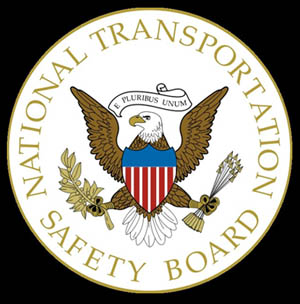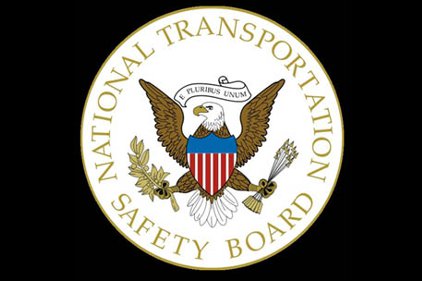 Positive train control technology – which some in the railroad industry have opposed due to its cost – would have prevented the fatal Dec. 1st derailment in New York, according to the National Transportation Safety Board (NTSB), which has finished its on-scene investigative work.
Positive train control technology – which some in the railroad industry have opposed due to its cost – would have prevented the fatal Dec. 1st derailment in New York, according to the National Transportation Safety Board (NTSB), which has finished its on-scene investigative work.
An examination of the black box data recorder recovered from the wreckage at the Bronx crash site found that the seven-car Metro-North train was traveling at 82 miles per hour in a 30-mile-per-hour zone when it derailed while navigating a sharp curve. The incident killed four people and injured 63 others.
The "dead-man" switch
A mechanical inspection of the train uncovered no anomalies. There were also none found with the tracks or with the signal system. Investigators examined car 6222, the lead car in which the engineer controlled the train. The “dead-man” switch, a foot-pedal on the floor of the cab that must be depressed to keep the train moving was evaluated. The pedal moved and released as expected. No anomalies were noted. In addition, the control key switch worked as designed. The team also conducted a site/distance test and found no problems with visibility.
Train didn't have positive train technology
As a result, “the NTSB believes that if positive train control technology (PTC) was installed on this line and train, it would have required the engineer to slow the train to an appropriate speed or stop the train in the event the engineer did not do so, likely preventing the derailment.”
The train’s engineer, William Rockefeller, is a 20-year-veteran of Metro North. Rockefeller admitted to “nodding off” or “zoning out” before the accident, according to Anthony Bottalico, General Chairman of the Association of Commuter Rail Employees (ACRE).
A federal requlation requires the installation of PTC -- which uses computer and satellite tracking to overcome human error -- by the end of 2015. The Metropolitan Transportation Authority which controls the Metro-North railroad said it is in the process of installing the technology.
Some railroads object to cost
The regulation been met with opposition by the railroad industry, which estimates that installing it will cost billions. A Government Accountability Office report issued several months ago found that most railroads will not meet the deadline.
“America’s railroads remain committed to implementing PTC and are doing all they can to address the challenges that have surfaced,” according to a statement released by the Association of American Railroads, although not everyone in the industry agrees.
Some railroad companies said the cost of implementing PTC (estimated at $2 billion for two dozen commuter rail services in the U.S.) has forced them to cancel necessary repairs, capitol improvements, and services.
The NTSB has been advocating for PTC for more than 20 years and it is on its Most Wanted List of transportation improvements. More information can be found at www.ntsb.gov/safety/mwl8_2012.html.
Crew members "cooperative"
Investigators completed interviews with all crew members and said all have been “cooperative and forthcoming.”
“All said it was a normal run until shortly before the derailment sequence. Investigators are still awaiting results of crew drug tests and cellphone records.”
Investigators also interviewed the engineer of a train that passed the accident train, 8808, near Riverton at about 7:11 a.m. That engineer said the headlight on train 8808 was on high and the engineer did not dim his light as is required by Metro-North.
Mechanical examinations, such as shop testing of the of dead-man switch, inspection and testing of speed sensors and tachometer rings, the brake control unit, and the propulsion controller from the control car have been completed. No anomalies were found.
Passenger interviews continue
The NTSB go-team now heads back to Washington, D.C., although it will continue to gather factual information and investigators will return to New York as needed for follow-up work. The Board plans to continue interviewing passengers, Metro-North employees who were riding on the accident train and first responders. Passengers are invited to email eyewitnessreport@ntsb.gov.
Investigators will also take 3-D scans of the damaged cars and locomotive for use in a digital accident re-creation and for detailed measurements.
“Our goal is to ultimately make future improvements in the design of passenger rail cars.”


